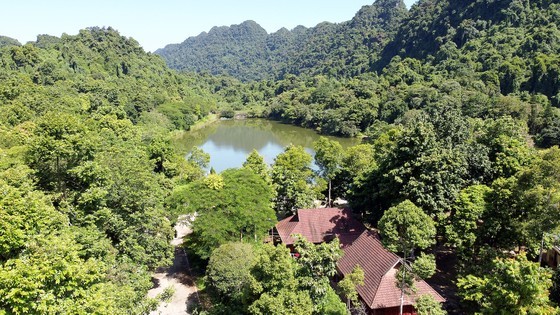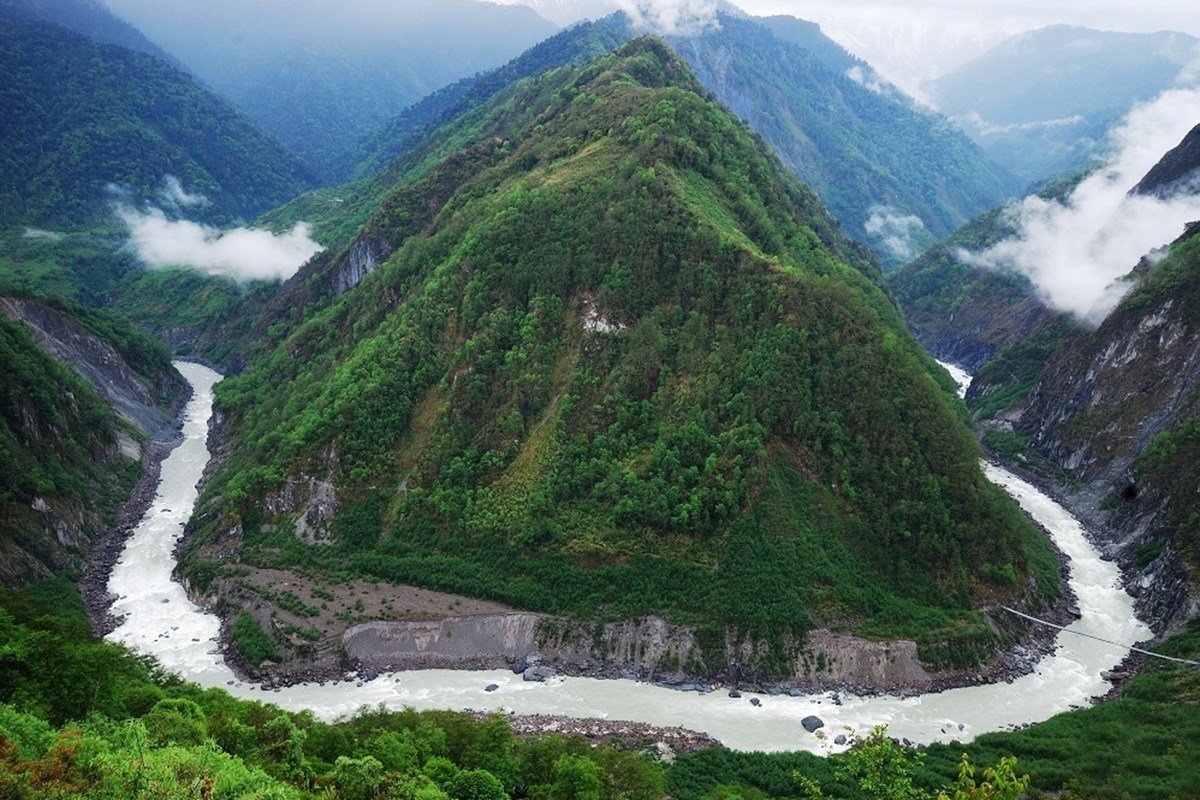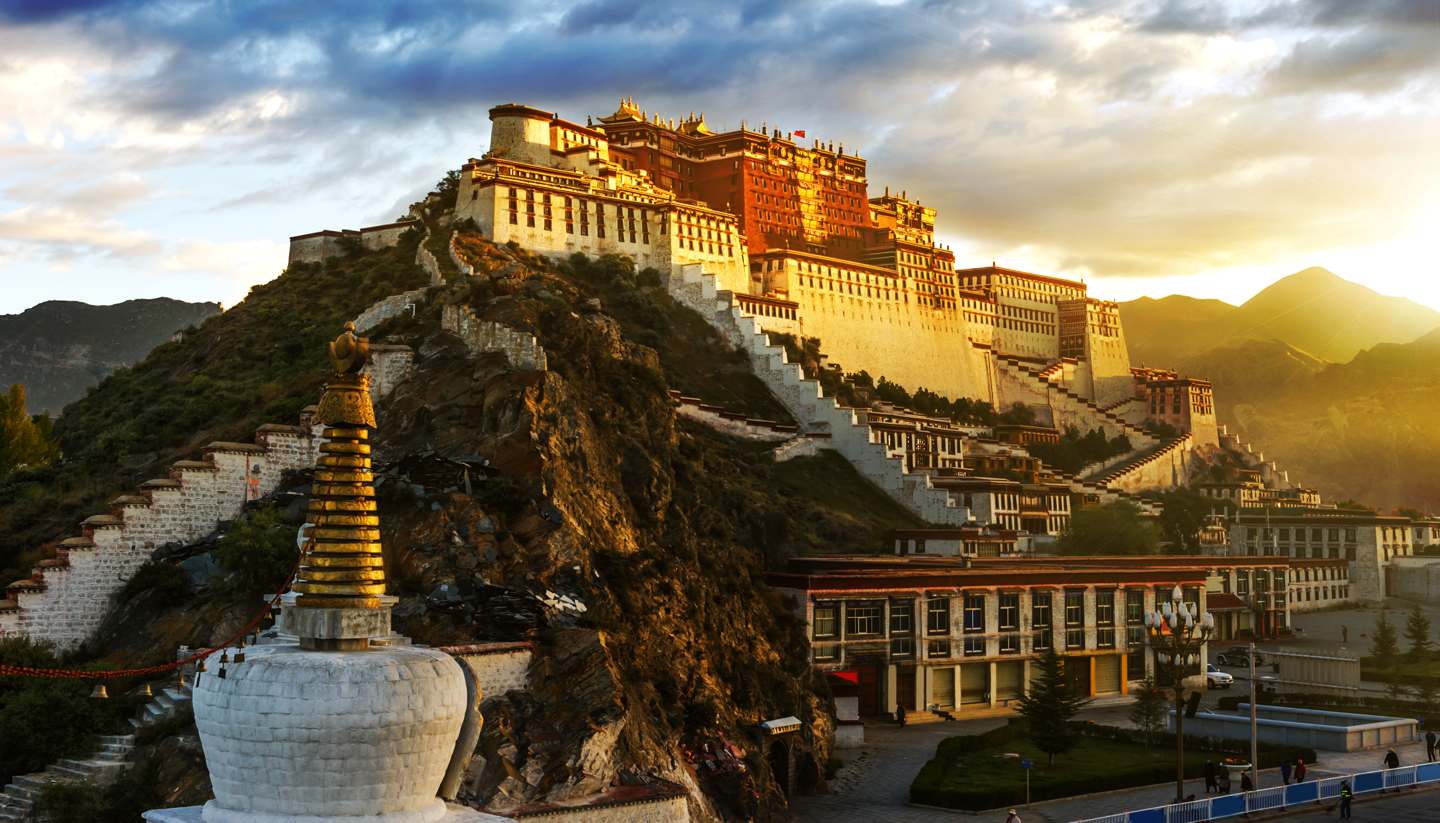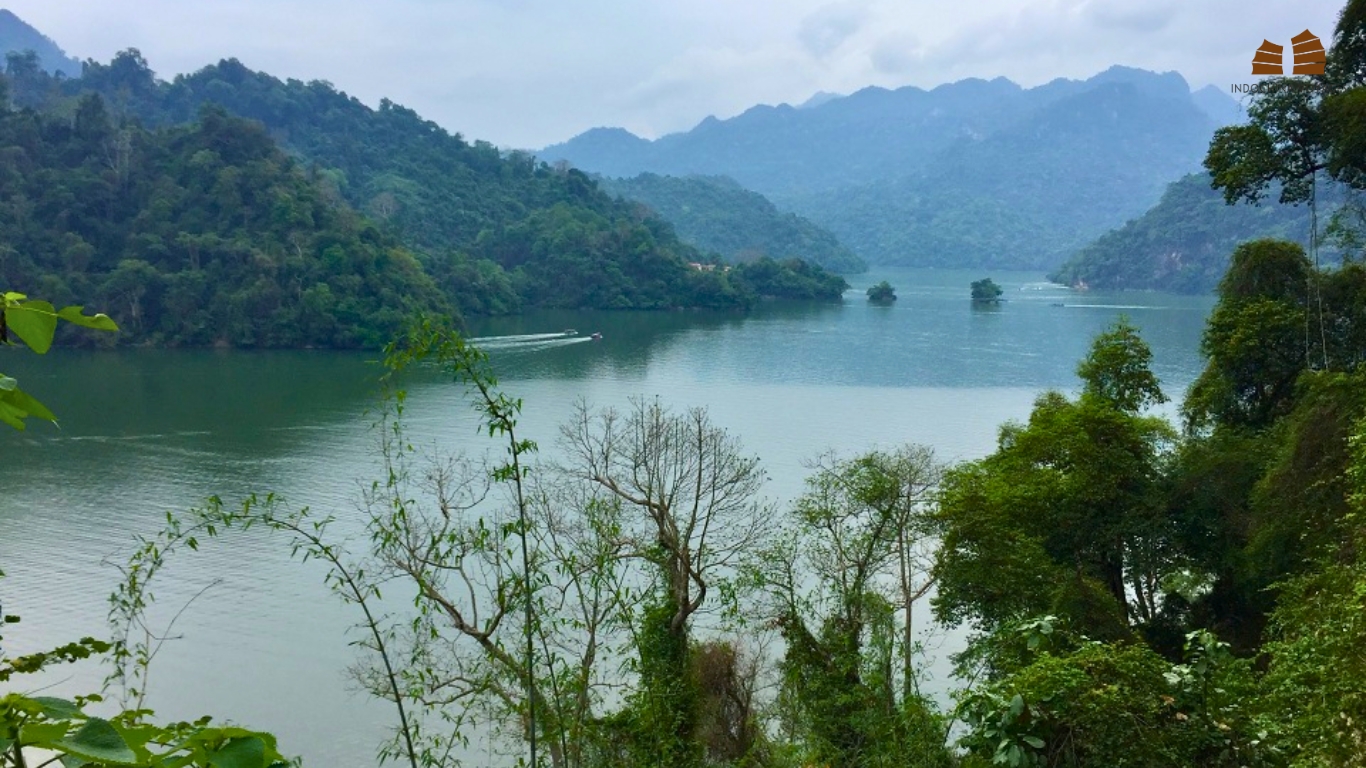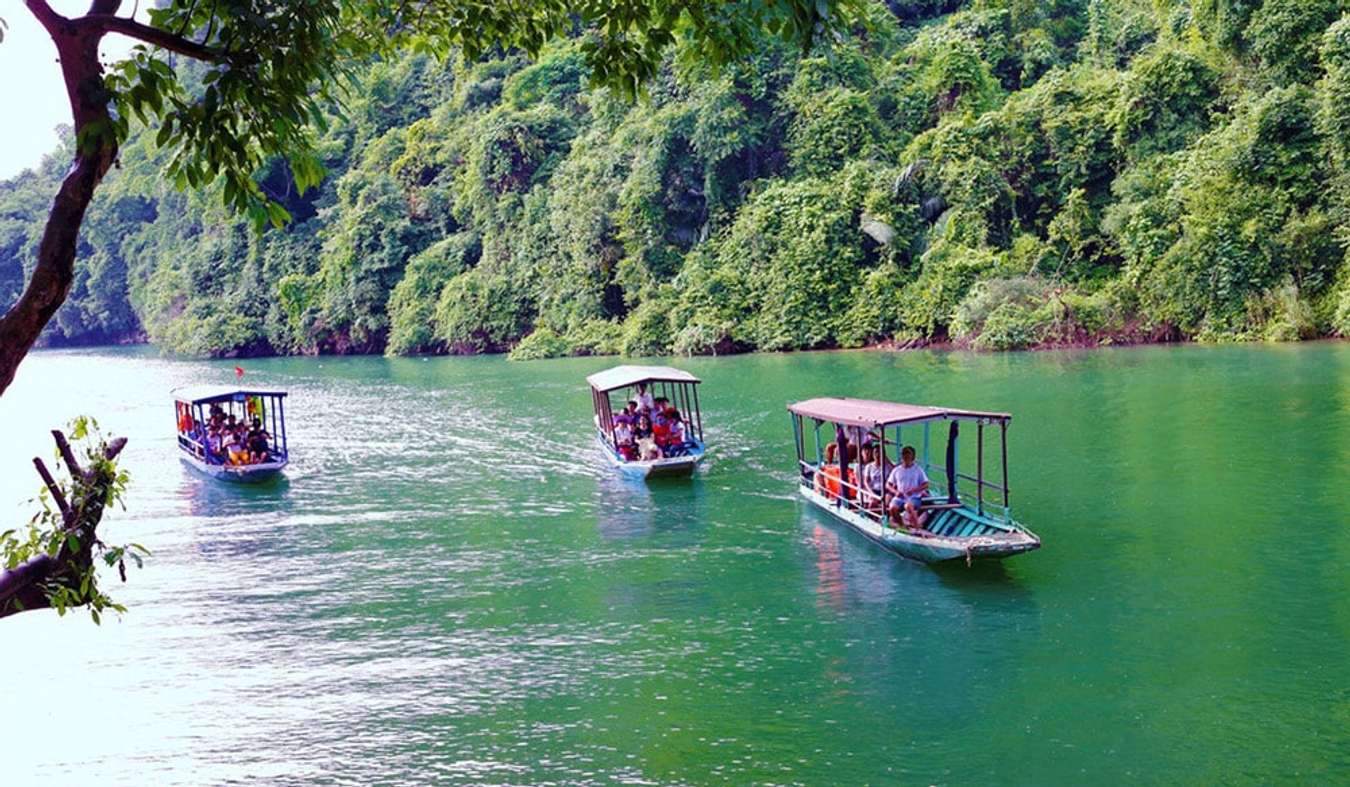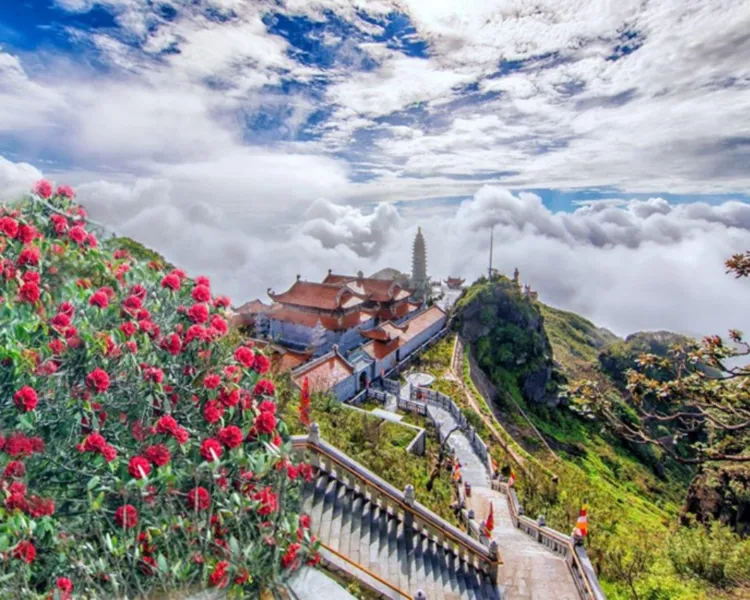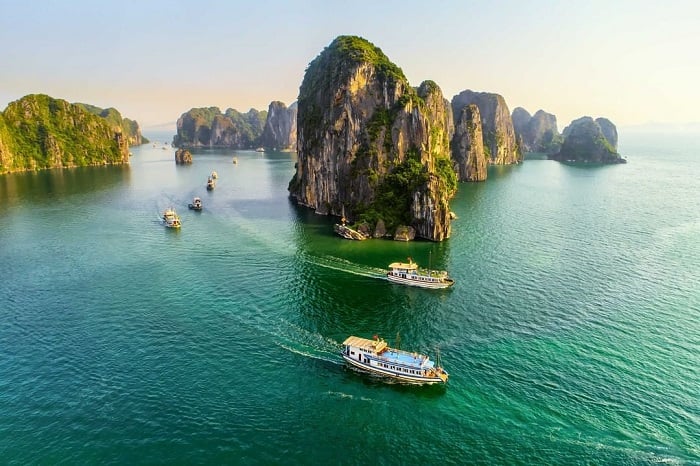Lake Namtso: The Heavenly Lake
Embark on a journey to Lake Namtso, one of Tibet's most sacred and stunning natural wonders. Known as the "Heavenly Lake," this pristine body of water captivates the soul with its serene beauty and spiritual significance.
A Sacred Natural Wonder
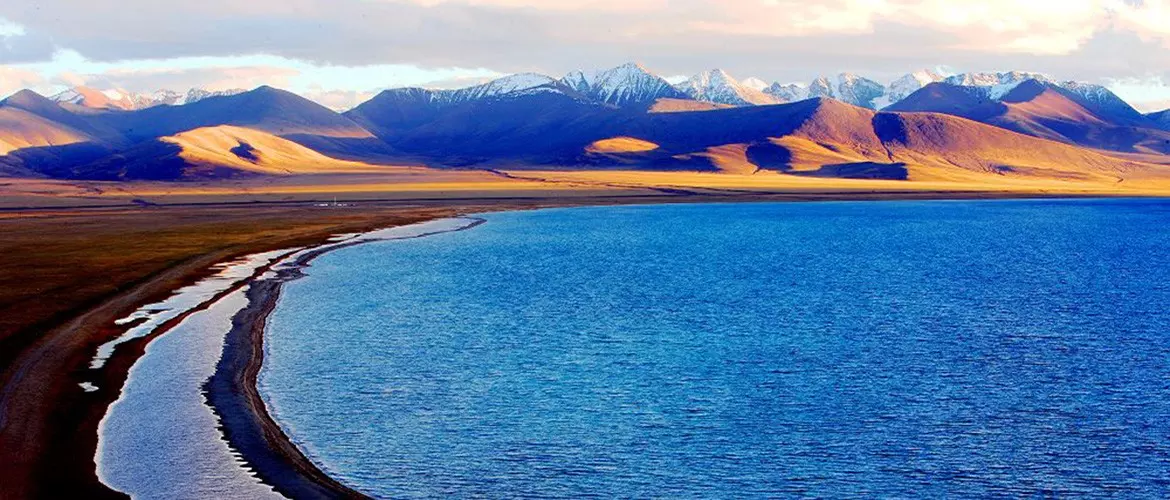
Nestled in the vast Tibetan Plateau, at an elevation of around 4,718 meters (15,479 feet) above sea level, Lake Namtso is the second-largest saltwater lake in Tibet and one of the highest-altitude lakes in the world. Its name, Namtso, translates to "Heavenly Lake" in Tibetan, a fitting moniker for a place of such ethereal beauty and tranquility. The lake covers an area of approximately 1,920 square kilometers (740 square miles), with crystal-clear waters that reflect the azure sky and surrounding snow-capped peaks, creating a scene of unparalleled natural beauty.
The Spiritual Essence of Namtso
For centuries, Lake Namtso has been a significant spiritual site for Tibetan Buddhists. It is considered a "tso," a sacred lake, where pilgrims from all over Tibet and beyond undertake arduous journeys to perform kora (circumambulation) and engage in meditation and prayer. The lake's spiritual significance is further enhanced by its association with Padmasambhava (Guru Rinpoche), who is said to have visited and blessed the lake in the 8th century. The numerous hermitages and meditation caves scattered around the lake's perimeter testify to its enduring role as a place of retreat and spiritual practice.
The Natural Splendor of Namtso
The beauty of Lake Namtso is not just in its serene waters but also in its dynamic and vibrant ecosystem. The lake is surrounded by vast grasslands and dotted with islands that serve as a haven for wildlife, including nomadic herds of yaks and sheep. The area is also a critical habitat for migratory birds, making it a paradise for birdwatchers and nature enthusiasts. The changing seasons bring their own charm to the lake, from the frozen expanse in winter to the blooming wildflowers and bustling wildlife in summer.
Experiencing Lake Namtso
Visiting Lake Namtso offers a unique blend of adventure and spirituality. The journey to the lake itself is an adventure, passing through rugged landscapes and traditional Tibetan villages. Upon arrival, visitors are greeted by the breathtaking panorama of the lake, with the Nyenchen Tanglha mountain range providing a majestic backdrop. Activities such as hiking, photography, and camping under the stars allow visitors to fully immerse themselves in the natural and spiritual essence of Namtso. However, it is essential to respect the sacred nature of the site and engage with the environment and local traditions mindfully.
A Beacon for Conservation
As Lake Namtso gains popularity among tourists, there is a growing emphasis on preserving its natural beauty and sacredness. Efforts are being made to ensure sustainable tourism practices that protect the lake's ecosystem and respect its cultural significance. Visitors play a crucial role in these conservation efforts by adhering to responsible travel guidelines and supporting local communities.
Lake Namtso, the Heavenly Lake, stands as a testament to the profound beauty and spirituality of Tibet. It is a place where nature's grandeur and spiritual depth converge, offering a sanctuary for the soul and a mirror to the heavens. A journey to Lake Namtso is not just a physical trek but a pilgrimage of the heart, inviting travelers to experience the serene beauty and profound tranquility of this sacred Tibetan treasure.

